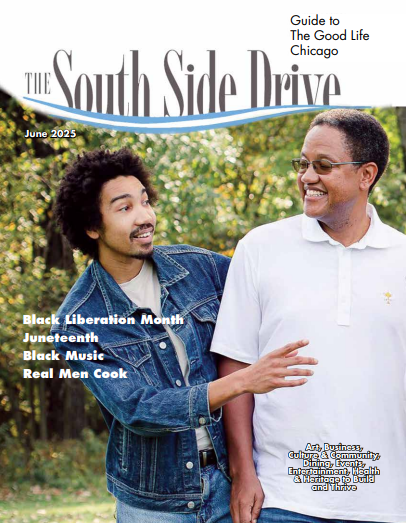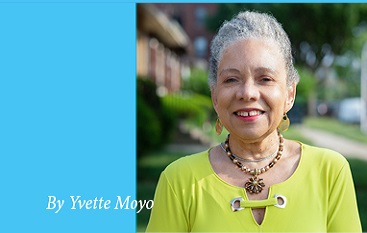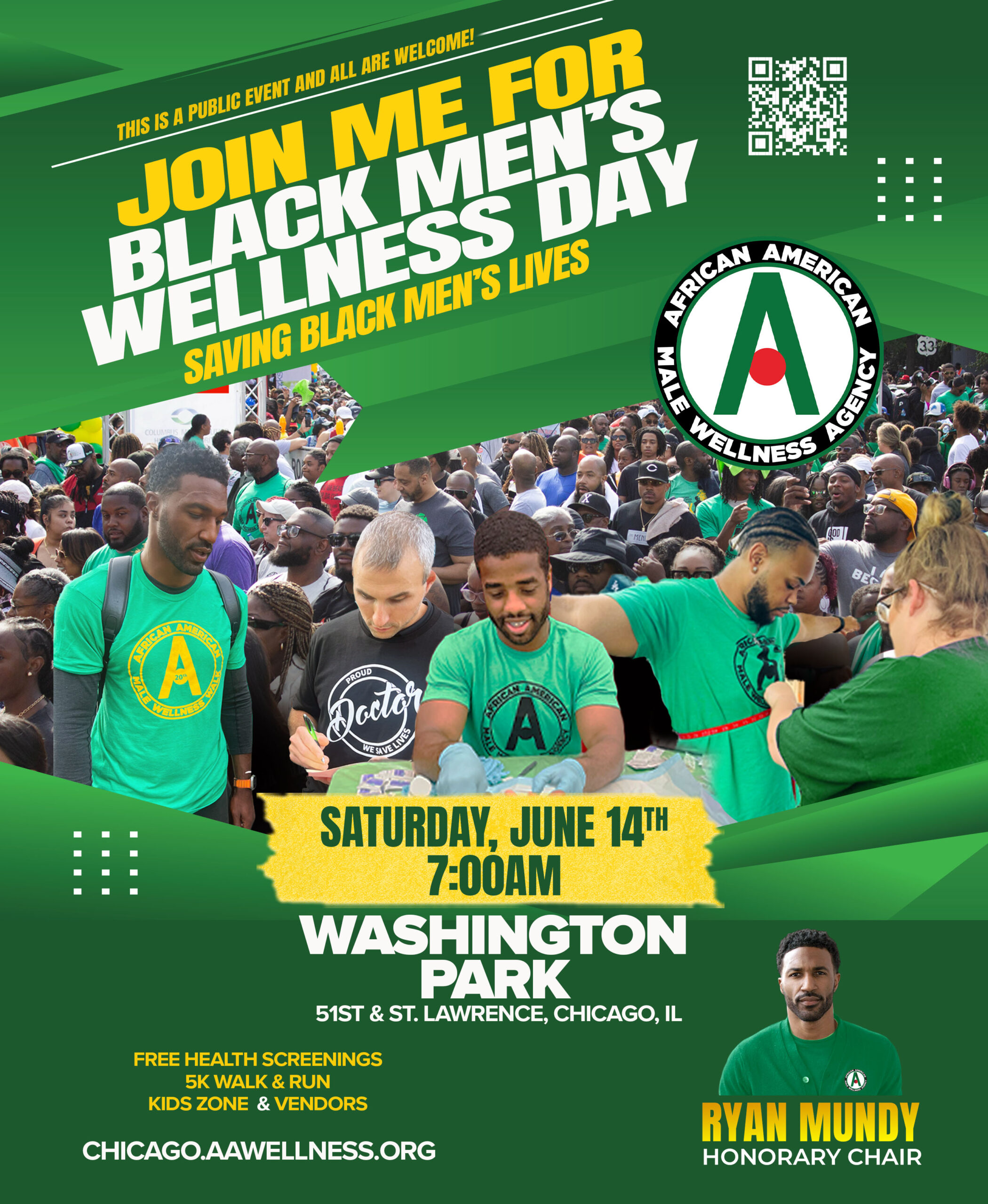It’s hard to catch your breath these days. You can be sitting on your couch, eating lunch, minding your business, and then boom. A news alert, a tweet, a video you didn’t ask to see. Suddenly you’re face-to-face with a tragedy happening across the world, or even down the street. That’s the reality of living in a world where social media and constant news updates are part of our everyday lives. It’s not just information anymore, it’s an emotional flood, and it’s happening all the time.
There’s something really heavy about knowing everything as it’s happening. There’s no buffer, no time to process. It’s one thing to care about what’s going on in the world. It’s another to carry the weight of it every day. Whether it’s mass shootings, natural disasters, police violence, or war, it all ends up in your feed. And the thing is, it doesn’t just go away when you log off, your body stores it, your mind replays it, and your nervous system starts responding like you’re living through it yourself.
That constant state of “fight or flight” does something to people. It makes it harder to sleep, harder to focus, and harder to feel joy. And because it’s so normal now, so built into how we communicate and get our news, it’s easy to overlook just how much of an impact it’s having. Trauma doesn’t just come from what happens directly to you. It can come from what you witness, what you scroll past, what you’re forced to feel over and over again. It adds up.
This is why talking about emergency preparedness and resiliency has to go beyond go-bags and fire drills. It’s not just about being ready for an event; it’s about building the emotional and mental muscles to respond when things go left. It’s about knowing how to take care of yourself when the world feels chaotic, how to regulate your body when the anxiety spikes, and how to show up for others without falling apart.
Preparedness now also looks like setting boundaries with what you consume. It’s okay not to watch every video. It’s okay to mute, unfollow, or step away from the screen.
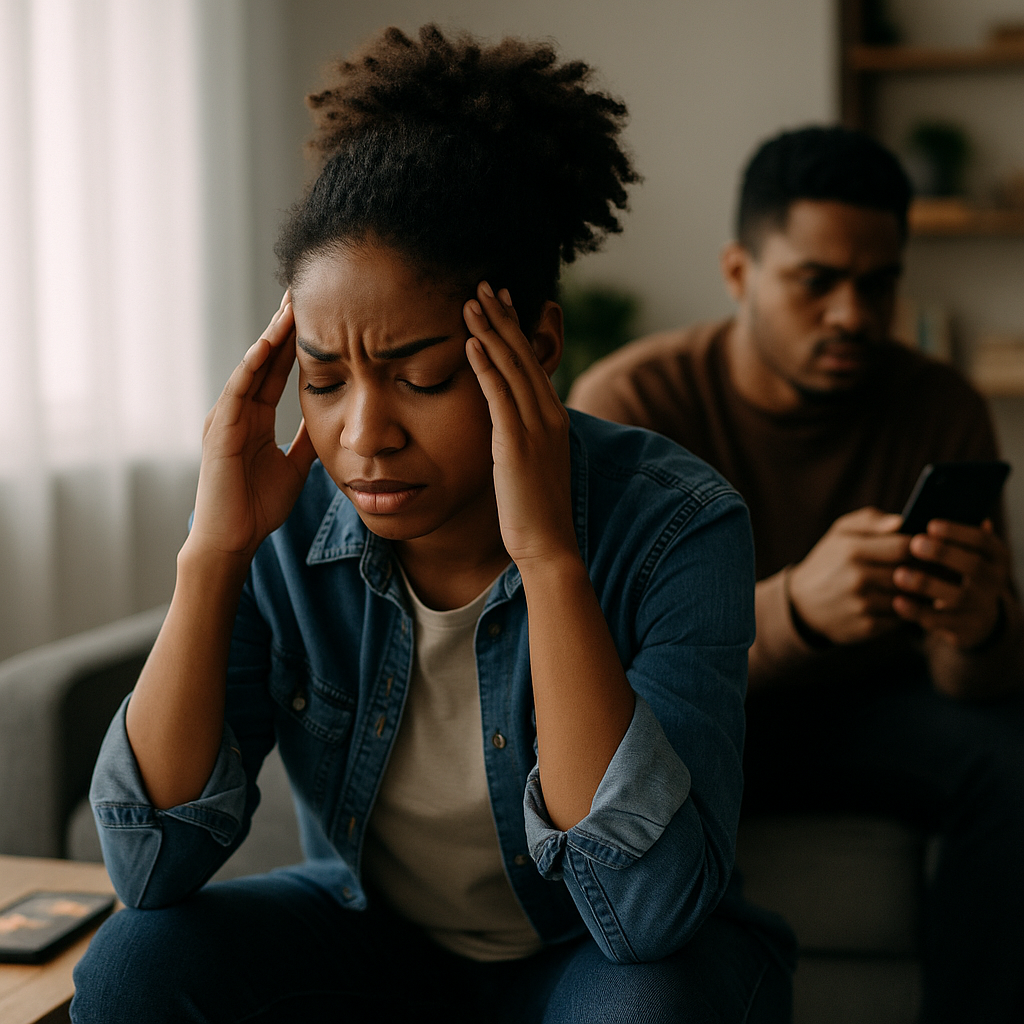
That’s not ignorance, its a form of protection. It doesn’t mean you don’t care. It means you’re learning how to care without drowning.
Resiliency doesn’t mean being unaffected. It doesn’t mean pushing through with a fake smile or pretending everything is fine. It’s about being honest when things aren’t fine. It’s about having a support system, or even just one person, you can be real with. It’s about finding things that ground you, your breath, your routines, your art, your faith, your people. It’s about holding on to your softness in a world that keeps trying to harden you.
There’s strength in being aware, yes but there’s also strength in stepping back to protect your peace. There’s power in saying, “I need a break.” There’s wisdom in knowing your limits. We’re not meant to absorb the whole world’s grief in one day, let alone every day. Resiliency in this era isn’t about being tough all the time, it’s about learning how to bend without breaking, to care without collapsing.
At the end of the day, preparedness and resilience are about sustaining yourself. Not just surviving the next emergency, but making sure you don’t burn out before it even comes. It’s about healing where you can, checking in with yourself often, and refusing to let the weight of the world make you numb. That’s the real work now. And it’s worth doing.
Joy Williams is associate editor of South Side Drive Magazine. As a 20-something Joy represents the perspectives of the Generation Z population.
